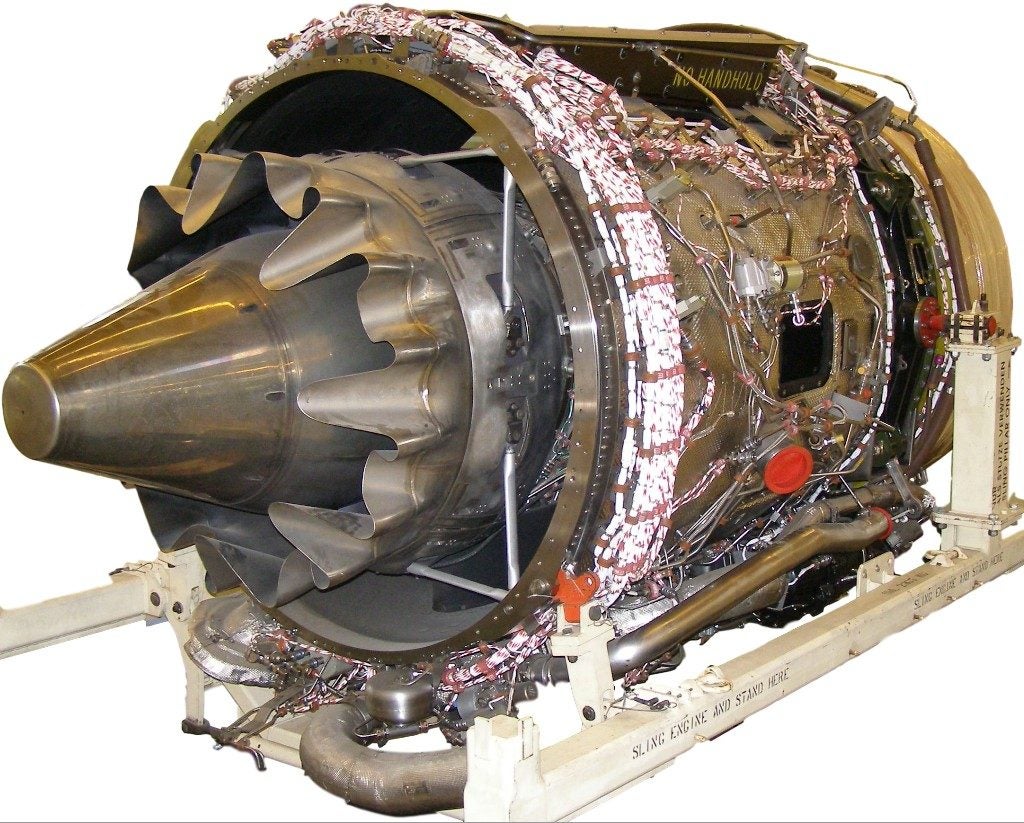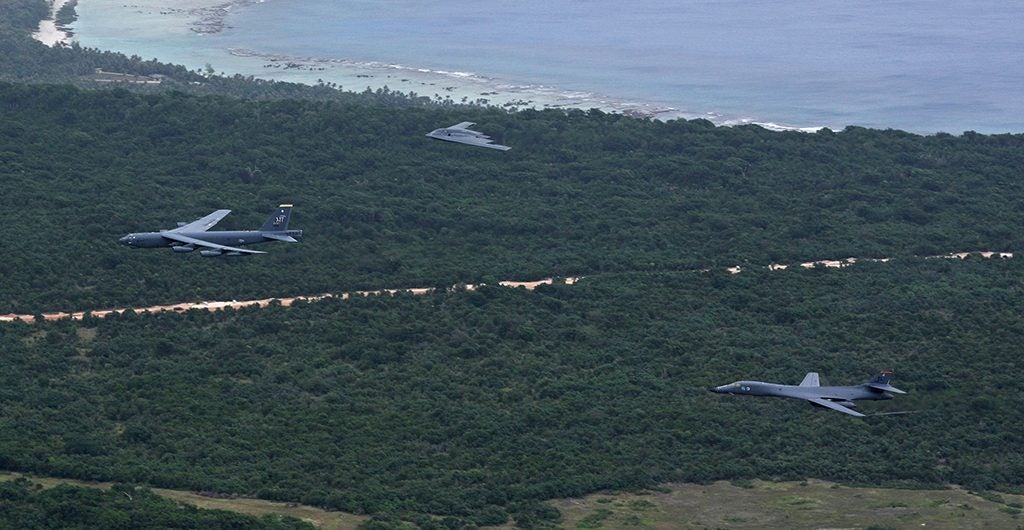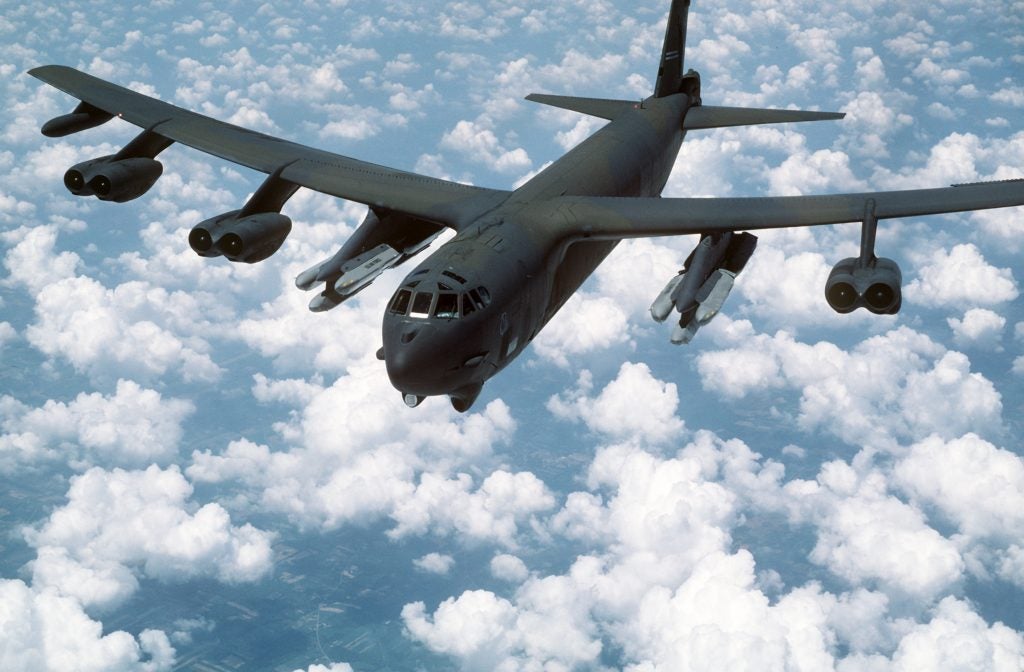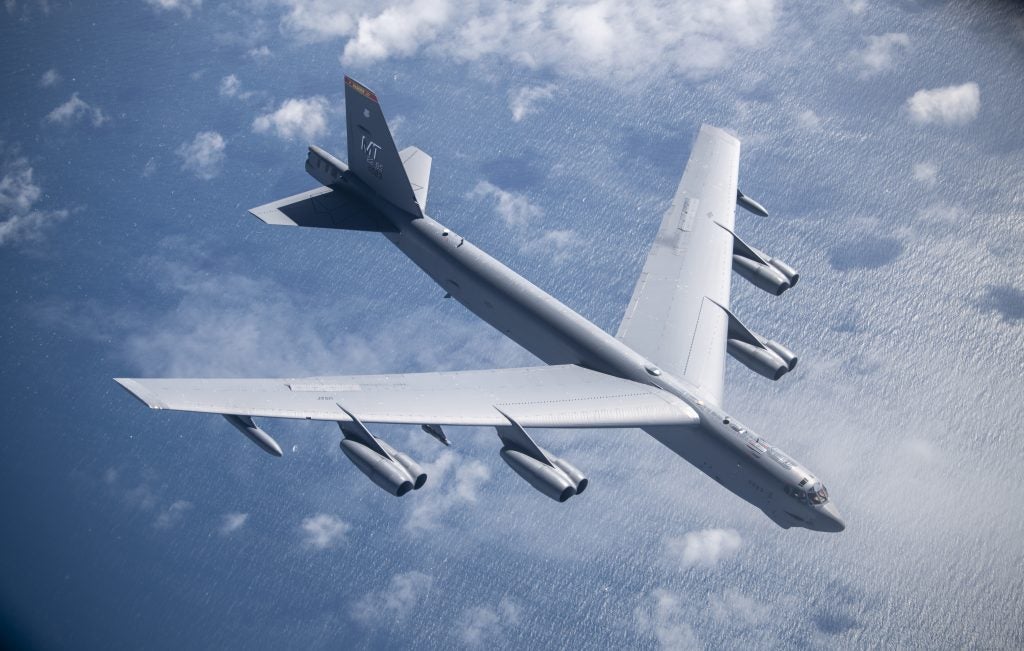U.S Air Force picks Rolls Royce’s F130 for the B-52’s Commercial Engine Replacement Program
The U.S. Air Force has awarded Rolls-Royce a contract to re-engine the B-52 bomber. The contract, worth $2.6 billion, when fully exercised will deliver 608 engines for the Air Force’s 76 B-52s.
The Commercial Engine Replacement Program (CERP) intends to replace the B-52s aging TF33 engines with new commercial engines. According to Air Force Magazine, the Air Force expects the new engines to improve fuel burn by 30 percent and range by 40 percent while requiring far less maintenance. The offerers for the program included major commercial engine makers in the west, Pratt & Whitney, GE Aviation, and Rolls Royce. Pratt Whitney offered an upgrade of the TF33 when the Air Force turned down the option, the company offered its latest PW800G engine while GE Aviation offered CF34-10 and Passport, Rolls Royce offered the winning engine – the F130.

The decision came as a surprise to some, as the PW800G and Passport engines were both newer than the F130’s core design. Both engines being the latest cutting-edge variants of what the companies had to offer for the commercial industry. “In the F130, we have an engine where the thrust, the center of gravity, the circumference is very similar to the existing engine but has a far superior service life, far superior fuel consumption numbers that allow the Air Force to get everything they wanted out of the CERP engine program,” said Rolls-Royce North America CEO Tom Bell in a press release after the contract award. The F130 engine is also used in service with the U.S. Army, Air Force, and Navy on their E-11 and C-37 platforms, as such the engine might have had that added commonality advantage against the other two.
The contract is set to deliver 608 engines, with integration work being done by Boeing. According to InsideDefense, the F130 will move to Phase 2 after completing the first phase of its virtual prototyping effort. The Air Force is using a “mid-tier acquisition” approach for the program, an effort for a rapid acquisition approach that focuses on delivering capabilities fast. According to a U.S. Air Force press release, the first two aircraft are expected to be delivered by 2025 for ground and flight testing, followed by delivery of the first lot of modified aircraft in 2028. The Air Force expects the last aircraft to be modified by 2035.
Revitalizing the B.U.F.F

While programs like the B-21 spell out the clear fate of bombers such as the B-1B Lancer and B-2 Spirit, the B-52’s fate is far brighter. The B-52, or BUFF as its sometimes colloquially known, is a vintage bomber dating back to the 1950s. It continues to be upgraded with the latest weapons fielded by the Air Force. In 2015, Lockheed Martin was awarded a $9.5 million contract to integrate the AGM-158B JASSM-ER missile with the aircraft, and in 2019 Boeing was awarded a $10 million contract to begin work on AGM-158C LRASM integration onto the bomber.
The CERP program is one of several initiatives undertaken recently by the Air Force to breathe life into its oldest bomber. One of the other recent programs for the aircraft includes the Radar Modernization Program (RMP) which completed preliminary design review (PDR) in October 2020.
The Radar Modernization Program will give the B-52 a new AESA radar based on technologies developed from Raytheon’s APG-79/APG-82 radar family. According to a Boeing press release, the RMP will also inclufde some changes to the aircraft’s cockpit panels as well, ‘‘RMP features a new, wide-band radome on the aircraft’s nose required to allow full performance of the new radar; two high definition touch screen large area displays; two new display sensor system processors that will connect the radar with other B-52 systems; two new hand controllers; and a new modern active electronically scanned array (AESA) radar’’ The RMP is currently on schedule, low rate initial production (LRIP) is scheduled to begin in 2024 for the radars, while Initial Operation Capability (IOC) for the RMP is to be declared in 2026 with the first 11 B-52s.
The Air Force has also sent out a Request For Information (RFI) on expanding the carrying capacity of the B-52’s external pylons, according to the RFI, the “pylon will require an internal multi-hook type release mechanism capable of carrying multiple weapons in the 5,000 lb to 20,000 lb weight class.” This comes as the Air Force prepares to field new missiles such as the LRSO and AGM-183 ARRW, the latter missile, in particular, is said to weigh in at around 5,000lb.

The CERP and RMP are major programs that will enable the B-52 platform to continue doing its future missions with ease. These programs allow the aircraft to be in service into the 2030s and beyond, by adding capabilities that extend the aircraft’s range and versatility, they will also likely reduce costs associated with maintaining the aircraft.

